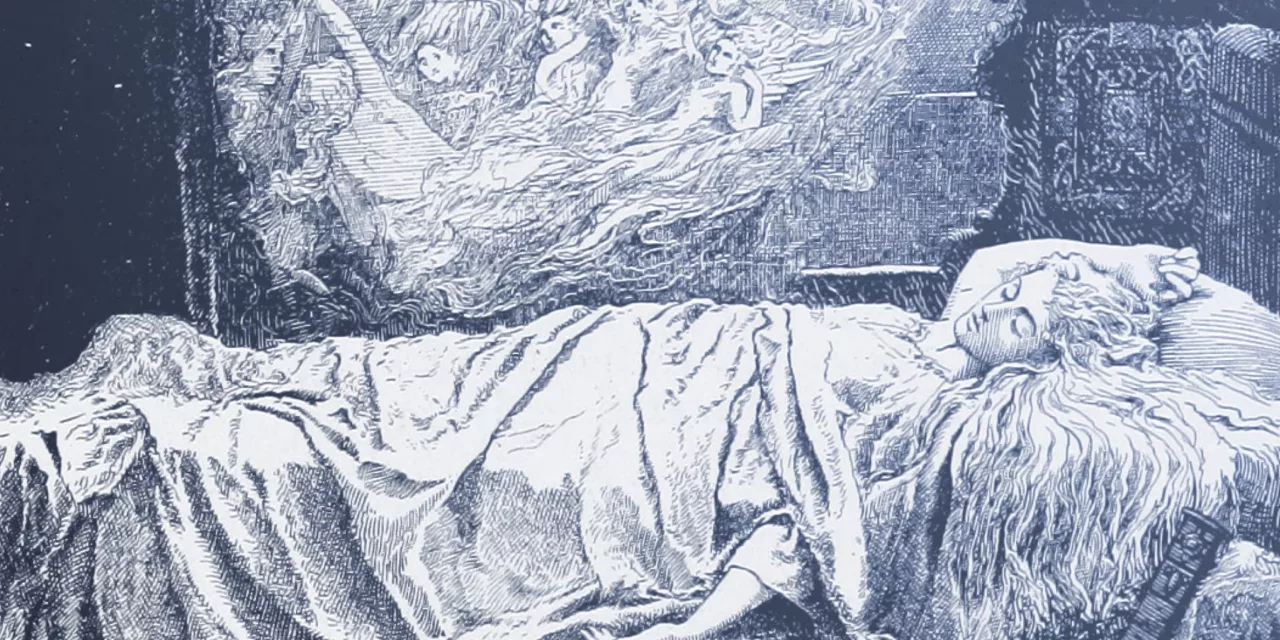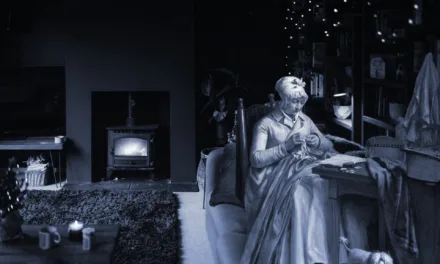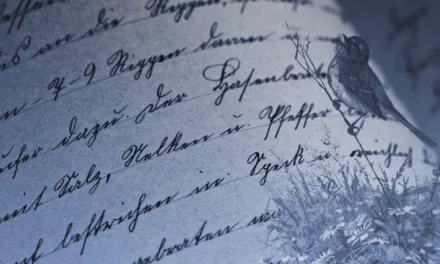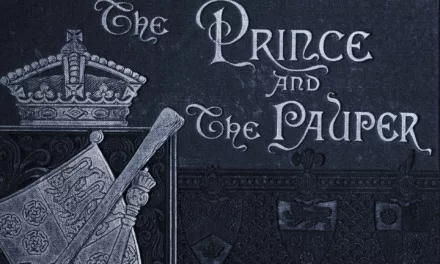
How do you write a dream sequence?

“How do I write a dream sequence that actually feels dreamy and not just confusing or random? I want it to make sense in the story but still have that weird, surreal vibe dreams have.”
Dream sequences are a unique storytelling device that lets you delve into the mysterious and often disorienting. They can shed light on characters’ deepest fears, desires, and motivations, or even foreshadow future events. However, writing a dream sequence well requires a delicate balance between vivid imagery and narrative purpose. So let’s dive in to how you can toe that line!
The purpose of a dream sequence
Before writing a dream sequence, ask yourself: Why is this dream important?
A strong dream sequence serves a narrative purpose. It either reveals something critical about the character or moves the plot forward. For example, it might:
- Highlight a character’s inner conflict, such as self-doubt or guilt.
- Offer insight into a character’s fears, desires, or memories.
- Foreshadow future events.
- Explore the story’s themes.
- Present an epiphany or realisation that changes the narrative direction.
When you define the purpose of the dream, you give it meaning and ensure it doesn’t feel like a random, disconnected scene.
Vivid imagery and sensory details
Dreams are often hyper-real or surreal. To truly immerse readers, fill your sequences with vivid imagery. Describe not just what the character sees, but also what they hear, smell, and feel. For example:
- The air might feel oppressively heavy, as if the character is moving through water.
- Colours could be unnaturally bright or pulsing, creating a sense of unease or wonder.
- Sounds may echo strangely, or voices may change tones mid-sentence.
Sensory details are your best friend when crafting dreams. They help you draw readers into the scene, making the dream feel almost tangible without being constrained to what is possible.
The power of symbolism
Dreams are often symbolic, reflecting a character’s subconscious thoughts and emotions. A dream sequence offers a fantastic opportunity to use metaphors and symbols to deepen your narrative. For instance:
- A crumbling staircase may represent a character’s feelings of insecurity.
- A recurring image, like a locked door, could hint at a secret the character is repressing.
- Objects or people in the dream might represent aspects of the character’s personality or unresolved relationships.
By embedding symbols, you can subtly communicate deeper layers of meaning to your readers while building suspense without having to state things outright.
Heightened emotion
In dreams, emotions are often exaggerated. A minor embarrassment can swell into overwhelming shame, and a fleeting joy might feel like euphoria. Use this to your advantage to explore your character’s emotional state. For instance:
- A character struggling with grief might dream of a loved one, only for them to disappear when approached.
- A character racked with guilt could find themselves pursued by shadowy figures.
By amplifying emotions, you can reveal truths about your characters that might be difficult for them to confront while awake.

Striking a balance between disorientation and logic
Dreams are naturally disorienting because they don’t follow the logical flow of reality. You can introduce elements like sudden scene changes, nonsensical dialogue, or impossible physics to create a truly dreamlike experience. For example:
- A character might start at a family dinner, only to inexplicably swimming in an ocean of stars.
- A trusted friend might appear with the face of a stranger.
Despite the inherent chaos of dreams, your sequence should still have some degree of narrative coherence. A good rule of thumb is to maintain a logical thread that allows the dream to fulfil its narrative purpose, even if the details are illogical.
Establishing atmosphere
The tone and atmosphere of your dream sequence should align with its purpose. Focus on creating a specific emotional response:
- For a nightmare, use eerie, oppressive details, like a pulsating fog or distorted, echoing voices.
- For a whimsical dream, evoke wonder with surreal and magical details, such as floating landscapes and shimmering light.
Choose your atmosphere carefully to enhance the emotional impact of the scene.
Types of dream sequences to explore
There are many types of dream sequences, and each serves a unique purpose. Here are some of the most common:
- Foreshadowing dreams: These hint at future events, creating suspense or intrigue.
- Nightmares: These reveal a character’s fears or anxieties.
- Fantasy dreams: These involve magical or surreal elements, and are often used to explore themes, symbols, or metaphors.
- Recurring dreams: These underscore unresolved issues or patterns in a character’s life.
- Lucid dreams: These allow the dreamer to be aware they’re dreaming and possibly influence the dream’s outcome.
- Realisation dreams: These provide moments of clarity or epiphany for the character.
- Internal conflict dreams: These visually showcase a character’s inner turmoil, providing a unique way to “show, not tell.”
- Linked dreams: These connect two or more characters through shared dreamscapes.
Keep it brief and meaningful
Dream sequences should enhance your story, not derail it. While they offer a chance to be wildly creative, keep them concise and focused. Avoid overloading readers with too much detail or overly prolonged scenes. Your audience should leave the dream sequence full or curiosity, not overwhelmed.
Seamlessly transition in and out
Transitions are crucial for dream sequences. Start with subtle hints, like a sound, a sensation, or a surreal visual that cues readers into the shift from reality to dream. Similarly, exit the dream gracefully, creating a smooth return to the waking world. This ensures that readers are not jarred out of the story.
Writing tips for a dreamlike feel
- Use narrative distance to create a floaty, disconnected feeling that mirrors the sensation of dreaming.
- Experiment with stream-of-consciousness writing for portions of the dream to mimic the fluid and unpredictable nature of thoughts in sleep.
- Pay attention to pacing. Dreams often feel both slow and rapid—a contradiction you can reflect by alternating between drawn-out descriptions and sudden, abrupt moments.
Dream sequences are a space where your imagination can truly run free while still serving the story’s deeper purpose. When done well, they are memorable and meaningful, and leave a lasting impact. It’s a technique well worth exploring.






























